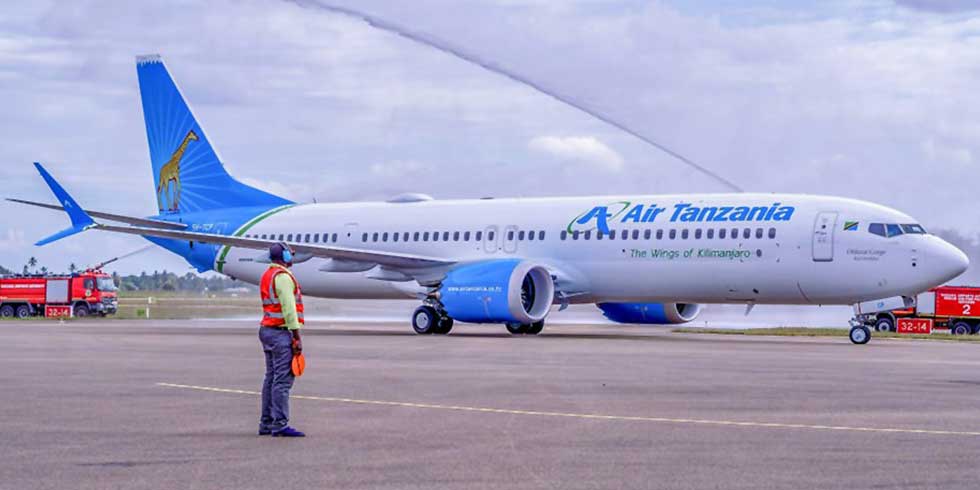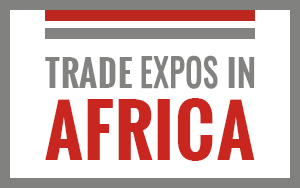Never mind the FDA crackdown on Indian drug makers for quality control problems. Sales of prescription drugs to the U.S. by the Indian pharmaceutical industry likely won’t take a huge hit, at least according to a new report.
Why? India’s generic drug makers remain large suppliers to American consumers, writes India Research & Ratings. The FDA may have banned imports from 21 Indian manufacturing plants last year – more than in any other year – but Indian drug makers accounted for 40 percent of U.S. generic drug imports, based on volume, and 39 percent of total generic drug approvals by the agency.
Moreover, the ratings firm believes that the Affordable Care Act will further expand the U.S. market for lower-cost generics. Already, 86% of prescriptions filled in the U.S. last year were for generics, according to the IMS Institute for Healthcare Informatics. And so, the firm forecasts the Indian pharmaceutical industry should experience compounded annual growth of 20% for the next five years.
Despite numerous FDA import bans and warning letters issued, Avinash Lodha, an associate director at the firm, contends the U.S. “will not discourage the largest source of generic drugs” from supplying its biggest market. In short, Indian drug makers and the U.S. need one another. And that calculus is not expected to change, even as the FDA voices concern over abject quality control.
He also notes that much of the negative publicity over FDA actions centered on Ranbaxy Laboratories500359.BY +0.41%, which has the dubious distinction of owning four plants where shipments have been banned by the FDA. But most bans were issued to plants run by small makers of pharmaceutical ingredients. As a result, the firm says the regulatory moves will not have a material impact on overall industry export revenue.
The well-publicized travails of a few suppliers “served as a wake-up call, but we believe industry exports will continue to grow,” says Lodha. “These companies know that compliance is an imperative. The attraction of the U.S. market is simply too hard for them to ignore.” For this reason he believes Indian drug makers, by and large, will take the steps necessary to improve procedures and pass muster with the FDA.
Indeed, industry growth is dependent on the U.S. market. Last year, 26% of Indian pharmaceutical exports were to the U.S., which made this the largest export market for the industry. Lodha argues that Indian drug makers, collectively, have too much at stake to risk – 523 manufacturing plants are registered with the FDA, which is the largest number outside the U.S.
This is not to say that FDA scrutiny will not have any effect. Lodha acknowledges the agency crackdown is an “important and urgent matter,” and points to the recent increase in the number of FDA inspectors working in India. Should a worst-case scenario develop, he foresees export revenue to the U.S. declining by 7% to 8% this year and next, which would trim his projected five-year compounded annual revenue growth to 16%.
Among those expected to take a hit are a few large suppliers, such as Wockhardt, which also suffered an FDA import ban. Ranbaxy, meanwhile, is expected to suffer delayed product launches and ongoing outlays to correct manufacturing problems.
Of course, Lodha is correct that Indian drug makers can ill afford to alienate the FDA. But the agency is also under pressure to ensure the veracity of the pharmaceutical supply chain and there is divided opinion about the extent to which the Indian pharmaceutical industry can sufficiently adhere to FDA standards. A few more slip ups might easily alter the calculus.
Why More Indian Generic Drugs Will Make Their Way to the U.S.








Add Comment